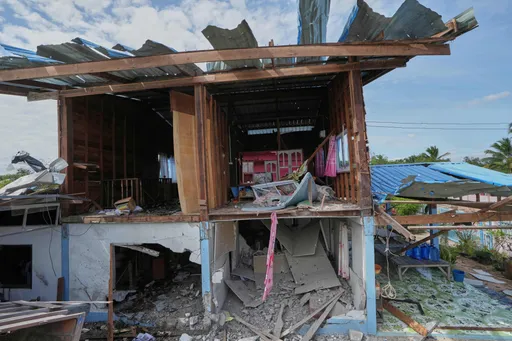Just over a month after the World Health Organization (WHO) declared the coronavirus outbreak a pandemic countries across the world are facing down both the possibility of mass death among their population and economic devastation.
The near-universal response among developed economies, such as the US and most of Europe, has been to institute some form of lockdown, shutting down all but essential services, such as the health care system, communications services, and so on.
Those measures have come at considerable cost to economies across the world, with massive stimulus packages being required in countries, such as the UK and the US to avoid complete collapse.
In the US that amounted to more than $2 trillion dollars in loan guarantees and direct payments to citizens. In the UK, the sum was closer to $600 billion.
But the circumstances at the time of those bailout packages in mid-March have shown little sign of easing or of doing so anytime soon.
While the lockdowns continue, the gears of the economy have largely come to a halt. Consumer spending is down and resultant unemployment is spiralling out of control at an unprecedented rate.
Globally, the International Monetary Fund (IMF) is predicting the sharpest contraction in economic growth since the aftermath of the Great Depression in the 1930s.
Those calculations are based on a very volatile variables, namely how long lockdowns will continue. Put simply, the longer they continue, the more growth over the next decade will be impacted.
Bottom up/top down pressure
The pressure to lift or ease the lockdown therefore exists not just among governments but also among ordinary business owners and citizens.
At their most extreme end, such calls on the ground stem from those who either believe the coronavirus pandemic is being concocted. Others believe their businesses will tank if their government does not ease restrictions.
Such protests have taken place in Vancouver, where protesters called the pandemic ‘fake news’ and in the US state of Michigan where armed protesters took to the streets in defiance of a stay at home order.
The risk of death from the Covid-19 disease is very real with estimates of the death rate at near 15 percent for those over 80 and between one and three percent for the population overall.
Despite those statistics, there seems to be a sense of urgency among some governments to bring about a return to normality.
US President Donald Trump, has repeatedly shared his optimism that the economy can open ‘soon’. After an initial date of Easter passed, he now hopes at some point before May 1.
Justifying his assessment, the US president who has an election to contest in November, has argued that keeping people at home may also increase the risk of death through higher numbers of suicides.
His top advisors are not as optimistic, with the top US infectious disease expert
Dr Anthony Fauci cautioning that real normality may not return until November.
Even in countries that are not as badly affected by the contagion, such as Austria and Germany, the easing of the lockdown is being staggered progressively.
In Germany, essential services such as schools will start opening from early May, with tentative plans for restaurants to open by August.
Even with the limited easing, Chancellor Angela Merkel has warned Germany has only experienced a “fragile intermediate success”.
Economy
As for the economic recovery that leaders hope to spur by easing the lockdown, it seems likely that it may never occur.
Writing in Foreign Policy, economic historian Adam Tooze said that none of the stimulus tools used by governments in the past will be able to deal with the fiscal impact of the pandemic.
Citing the example of American retail, Tooze wrote:
“In sectors like retail, which has recently come under fierce pressure from online competition, the temporary lockdown may prove to be terminal.
“In many cases, the stores that shut down in early March will not reopen. The jobs will be permanently lost. Millions of Americans and their families are facing catastrophe.”
























